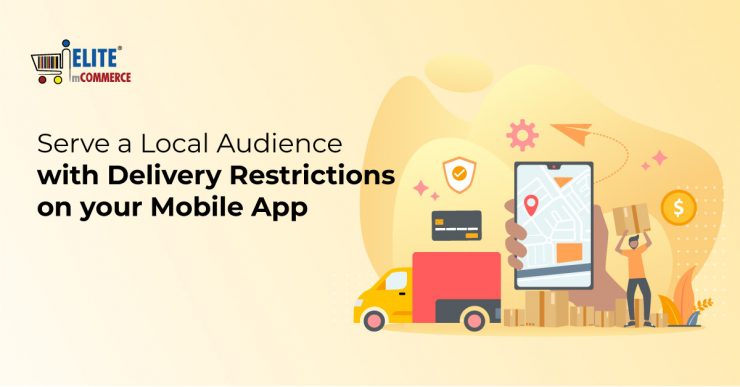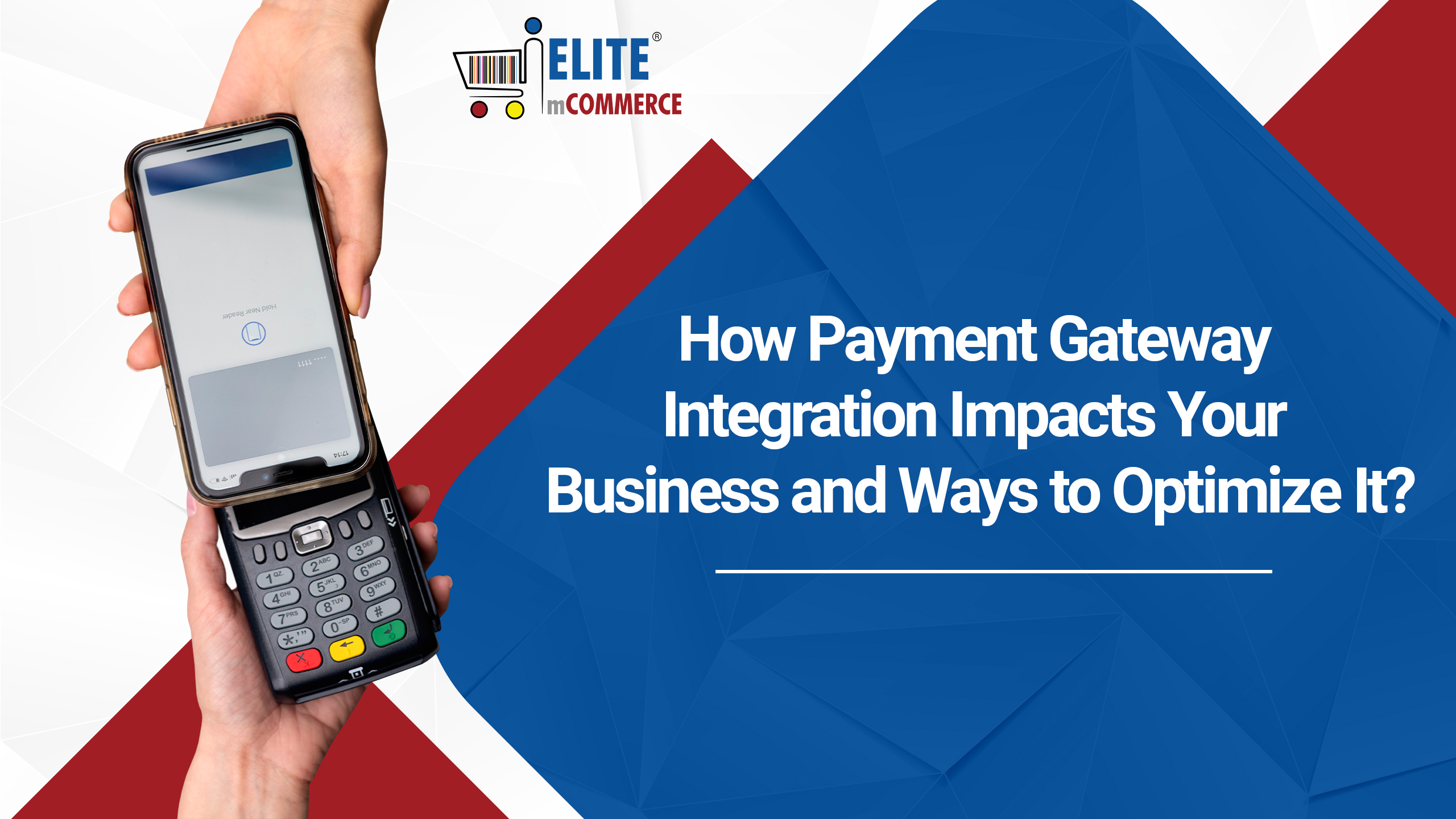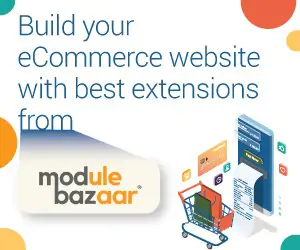Mobile apps are a convenient and efficient way to sell products online, and any business can get their own app with a delivery service. But many businesses are still focused on serving a small area rather than selling goods worldwide through their app. In this case, businesses need to be cautious about where they offer service or else find themselves overpromising to their customers in areas where it’s expensive or impractical to deliver.
Even as eCommerce grows, many businesses are focused on local sales based on their capability to deliver directly or use affordable shipping. Mobile commerce apps let customers place orders for delivery from anywhere and use store pickup or enter their address for delivery. 70% of customers said they buy locally online or in-person to support local businesses, in addition to services that are most convenient to purchase locally.
Businesses may promise on-demand rapid delivery, such as restaurants that need to deliver meals within 20-30 minutes. For addresses that are too far from the restaurant, delivery will take too long and food will no longer be fresh, and customers will be upset at the late arrival. Even if offering delivery at a wider range could bring more customers, customer dissatisfaction is not worth it to many restaurants.
Other retailers may offer scheduled delivery over a longer timespan with delivery timeslots or by mail. Even though this isn’t as time-sensitive as on-demand delivery, it is inefficient for the business, costing them more money. Scheduled delivery can take advantage of multiple orders in the same area, reducing the cost of each delivery, but deliveries to remote areas take more time and are harder to coordinate with other orders on the same day. Deliveries will be unprofitable or costs will be passed on to the customer, leading to frustration and fewer sales.
In both cases, businesses that offer online ordering need to use delivery restrictions that intelligently determine what addresses can be delivered to. They also need to communicate this to their customers quickly so customers don’t try to make orders only to learn they can’t be delivered later on.
Read also:Why eCommerce sales from mobile apps are more valuable than website sales
Different Kinds of Delivery Restrictions
Delivery restrictions will prevent sales to customers outside the store’s range. When configuring the app, set the store’s location and an area where they are able to provide delivery. This can be done in several ways:
- Distance-based, where the distance from the customer address to the store, warehouse, or fulfillment center is measured in miles or kilometers and the store sets a maximum distance. This can be a good way to set an area within a reasonable distance, however, it may be arbitrary and confusing to customers who are near the edge of the range.
- Area code based: Using ZIP codes or other postal codes is a simple solution that’s easy to set up in the app. Just enter the area codes that are within range and only addresses using those codes are within range. This is a more reliable solution that doesn’t require distance calculations.
- Region-based: Some countries don’t use postal codes in addresses, but stores can make delivery restrictions using the name of the city, state, province, or other region instead. Enter the individual names of all regions that are within the delivery range to set them as the permitted delivery range. When customers are entering their addresses, it’s recommended the app uses a dropdown or autofill field to ensure that the location they entered is spelled the right way.
Communicate Restrictions to the Customer
If your store has delivery restrictions, make sure they are clear to the customer right away. It’s bad to make customers enter their order before learning it can’t be delivered. Stores should state the area they serve in a visible location on their app and website.
In addition, well-designed mobile apps can easily determine if customers are in range. They can prompt users to enter their location or area code upon login. Or, if the app gets permission from the user, it can use GPS location data to find the location of their device and check if it’s within range, and warn them if they aren’t. The app can also automatically select the nearest store location if there are multiple stores.
Make sure not to drive customers off just because their device is out of range. Specify that their current location isn’t eligible for delivery, but a local address might be. Additionally, suggest that they use in-store pickup instead of delivery, which will save them money as well.
With Google Maps integration, mobile apps can guide delivery workers to the fastest route, but if delivery is not efficient, neither the store nor the customer will be happy. Implementing intelligent delivery restrictions via distance or location limits will ensure that only deliveries that are economical and timely will be offered to customers of your mobile app.









Add comment